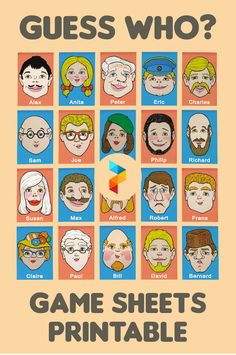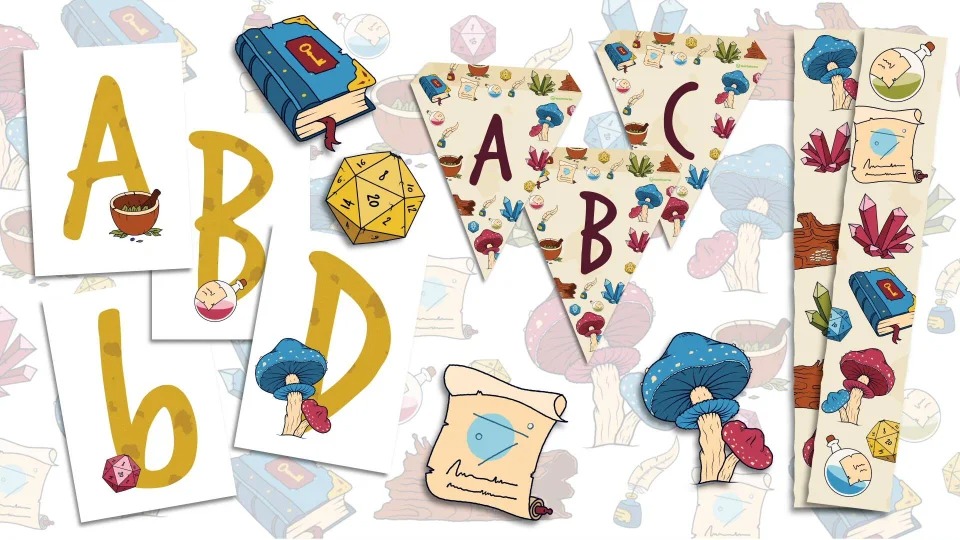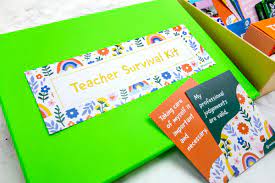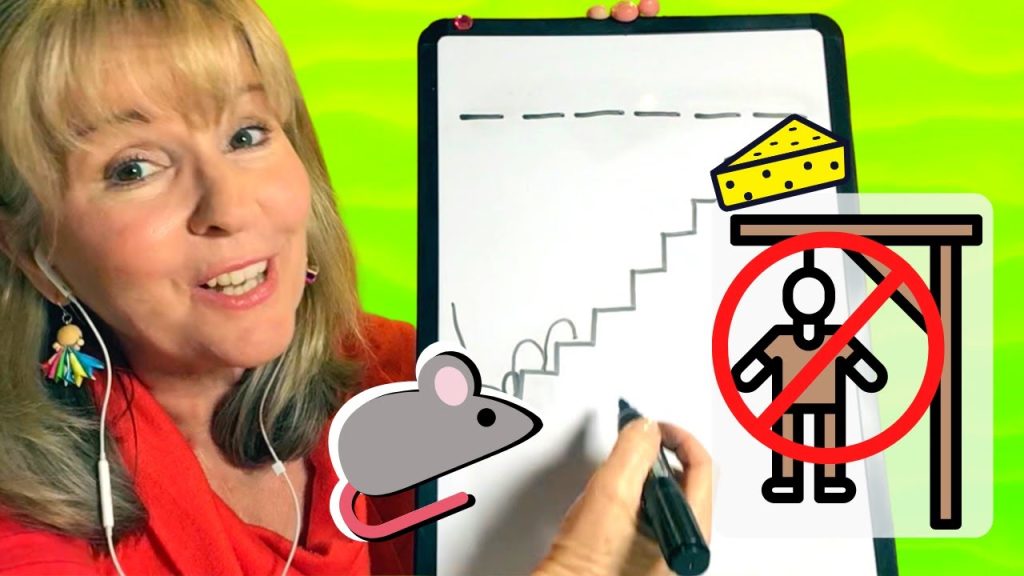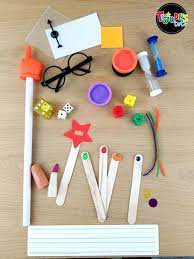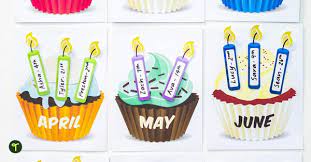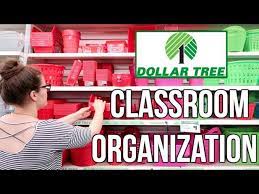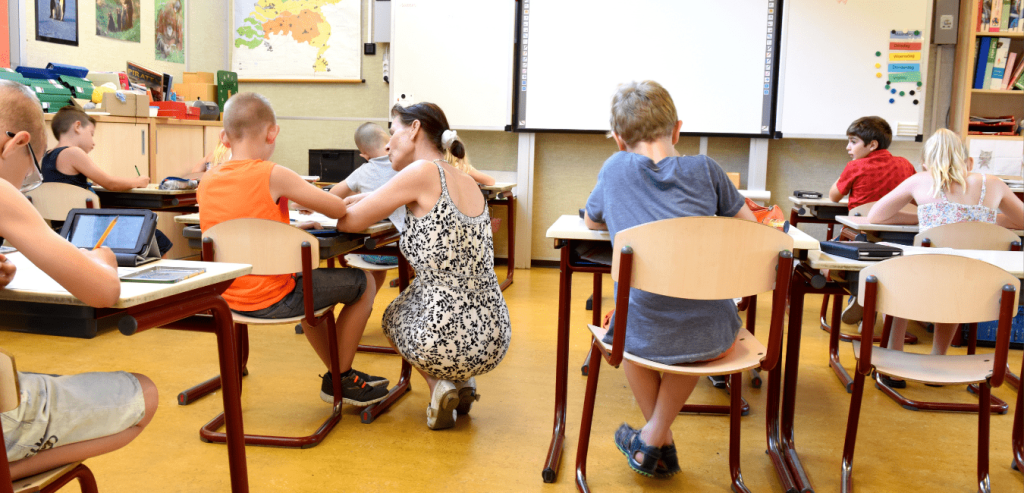The timeless game of Guess Who? is not just a staple in household game nights; it’s also an excellent resource for educators looking to bring an element of fun into the classroom. Printable Guess Who? game templates offer a customizable, interactive way to engage students in a variety of subjects, providing both educational value and entertainment.
What is Guess Who?
Guess Who? is a two-player game where each player chooses a character from a board and then takes turns asking yes/no questions about the other player’s chosen character. The objective is to deduce through these questions which character the opponent has picked before they can guess yours. The questions can be about physical characteristics, clothing, accessories, or any other distinguishing features.
How Guess Who? Benefits the Classroom
The educational benefits of incorporating Guess Who? into the classroom are substantial. It promotes critical thinking as students must think strategically about which questions to ask to narrow down the possibilities. It also encourages deductive reasoning, enhances their questioning abilities, and can serve as an introduction to basic logic.
Furthermore, Guess Who? can be adapted to teach various subjects:
1.Language Skills: By using characters with different names or involving words that are currently in the students’ vocabulary lessons.
2.Science: Create templates with different animals, plants, or celestial bodies for students to guess, encouraging them to learn distinctive characteristics about each.
3.Social Studies: Custom templates featuring historical figures or cultural icons can make learning history more engaging.
4. Art: Students draw their own characters or notable works of art, prompting discussion on art styles and artists.
Creating Your Own Printable Guess Who? Templates for Education
To create your own educational version of the game, follow these steps:
1.Choose a theme relevant to your curriculum and develop a list of 24 characters or items that fit within that theme.
2.Create images or find pictures representing each choice, making sure there are clear distinguishing features.
3.Design the game boards: These should fold in half with slots that allow the pictures to stand up and be flipped down as options are eliminated. There should also be space to include names or labels if necessary.
4.Make question cards: While not necessary for gameplay, having pre-made questions can help guide younger students who may struggle with formulating their own.
5.Print out your materials and assemble them accordingly: Laminating cards and boards will make them more durable for classroom use.
6.Explain the rules clearly to your students and demonstrate how to play if they are not familiar with the game.
7.Have fun! Arrange times when students can play against each other in pairs – watch as they put their deduction skills to work!
Where Can You Find Templates?
There are numerous resources online where educators may find printable templates available—both free and purchasable—or ideas on how to design their own custom versions of Guess Who?. Websites such as Teachers Pay Teachers have an array of options designed by fellow educators which could save you time in preparation.
In conclusion, printable Guess Who? templates can transform your classroom into an environment rich with critical thinking challenges disguised as play. This innovative approach resonates well with students and helps scaffold learning in an enjoyable format that they’ll want to revisit again and again.
